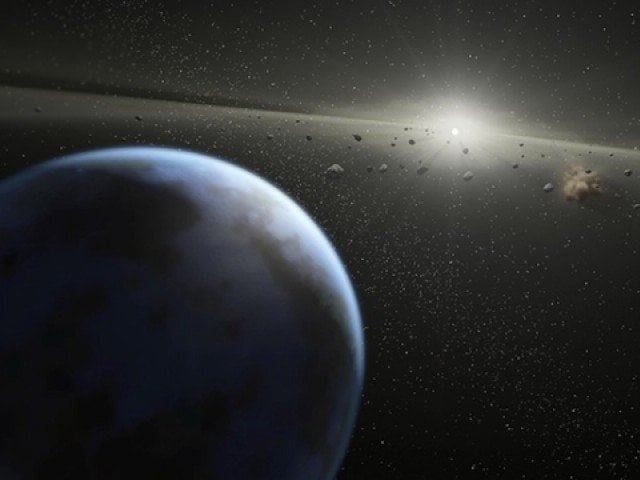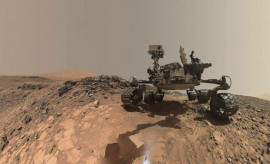
This is only possible after defining the planets differently because of certain technical flaws in the definition adopted by the International Astronomical Union in 2016. The ‘mistakes’ can be a reason for a possible overhaul of the definition, which would mean the inclusion of Pluto as a planet again, along with some other objects.
NASA’s scientists under the New Horizon mission will make the proposal for changes in the definition at the Lunar and Planetary Science Conference in March.
Mars One puts back planned colonisation of Red Planet
The group of scientists argues that the conventional definition is wrong because it only considers objects that revolve around the sun to be part of the system.
On the other hand, their proposed geophysical definition of will categorise all round objects in space that are smaller than stars as planets of the solar system.
Apart from this ‘mistake’, New Horizon’s mission scientists say that many other parameters currently set for planets are not even satisfied by those presently in the solar system.
The proposed definition says, “A planet is a substellar mass body that has never undergone nuclear fusion and that has sufficient self-gravitation to assume a spheroidal shape adequately described by a triaxial ellipsoid, regardless of its orbital parameters.”
Scientists closer to solving mystery of Earth's core
To put more simply, planets are all “round objects in space that are smaller than stars”.
The scholars think that the current definition tries to understand the planets in relation to the orbits of the sun or other planets. However, they argue that the planets should be understood keeping in view their own unique physics.
Adopting the new definition will add around 110 other space objects to our solar system including moon and dwarf planets such as Ceres, Pluto, and Charon.
“In keeping with emphasising intrinsic properties, our geophysical definition is directly based on the physics of the world itself rather than the physics of its interactions with external objects," say the scientists.
“Our definition captures the common usage already present in the planetary science community.”
The article originally appeared on Daily Mail


















1713904359-0/burn-(1)1713904359-0-270x192.webp)

























COMMENTS
Comments are moderated and generally will be posted if they are on-topic and not abusive.
For more information, please see our Comments FAQ